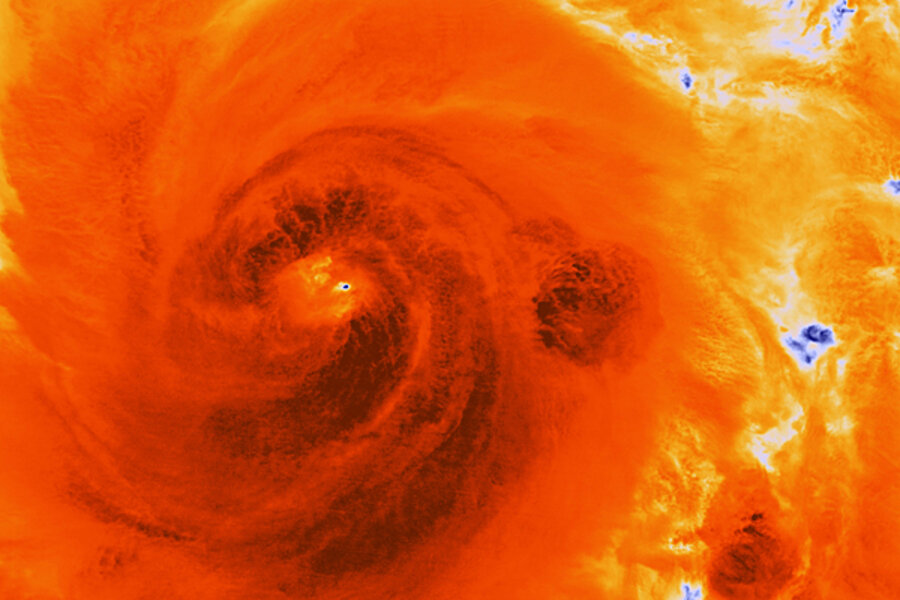Using a generator for hurricane Sandy? Here are four safety tips.
Loading...
The anticipation surrounding hurricane Sandy is quickly swelling to proportions on a scale with, well, Frankenstorm.
As the storm nears, many may consider investing in a backup generator, as weather analysts forecast prolonged, widespread power outages.
The run on backup power sources has already begun.
As of Friday afternoon, generators made up eight of the 10 items in the home and kitchen category of Amazon.com's Movers and Shakers List – a ranking of the online retailer's best selling items over the past 24 hours. The DuroMax Elite MX1500 Gas Powered Portable Generator jumped from 13,478 to 78 on the site's overall best selling items, a 17,179 percent increase.
Generators offer the convenience of using our everyday devices despite a prolonged power outage. They can even be life-saving in the case of hospitals or elderly persons who depend on oxygen machines.
But before you fire up the backup engine, there are a few safety tips to keep in mind:
- Take it outside. Generators emit carbon monoxide – as much as hundreds of cars, according to the US Product Safety Commission – so portable generators should never be used indoors or in a garage. Keep the generator as far as possible from windows and out of the rain. This means you'll have to stay in the dark through the duration of the storm and wait for the downpour to pass before you rev up the engine. [Editor's note: This piece was updated to reflect the following changes: The deadly gas emitted by generators is carbon monoxide, not carbon dioxide, as previously stated.]
- Keep it cool. Gasoline is flammable and can pose a fire hazard in contact with a hot generator. The National Safety Council recommends allowing the unit to cool for at least two minutes before refueling and always use fresh gasoline. Generators should never be operated near combustible materials.
- Get your wires straight. The National Fire Protection Associations advises having a qualified electrician install a properly rated transfer switch If you plan to connect the generator to the house wiring to power appliances. Otherwise, make sure devices are plugged directly into the generator or a heavy duty outdoor-rated extension cord. Check all cords for tears or other signs of wear and make sure you're using a grounded, three-prong plug.
- Prioritize for the necessities. Though it may be tempting to power your entire entertainment system to stave off the boredom of a prolonged blackout, generators ultimately are designed to power the necessities. Be careful not to overload your generator as it could damage appliances or cause a fire, according to California Energy Commission. Be sure the total wattage you're using is less than the output rating of the generator.







